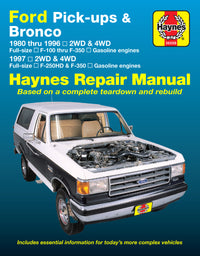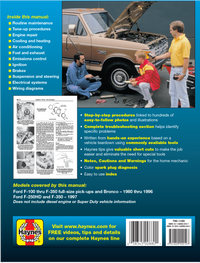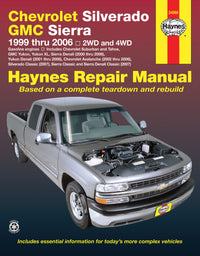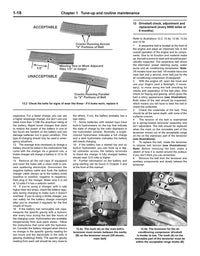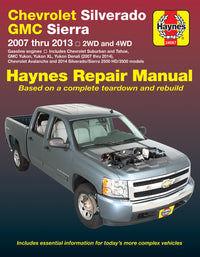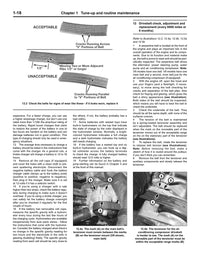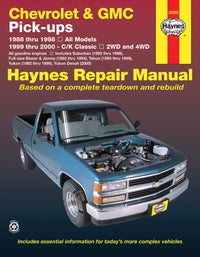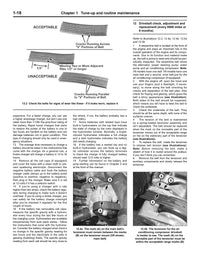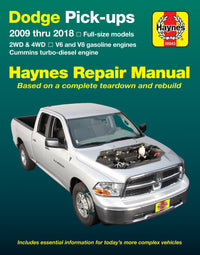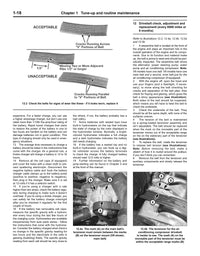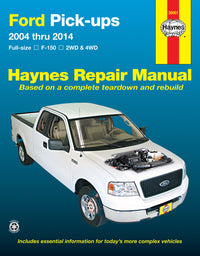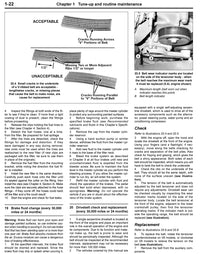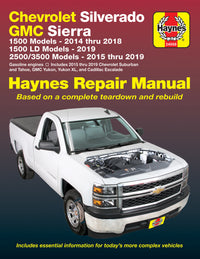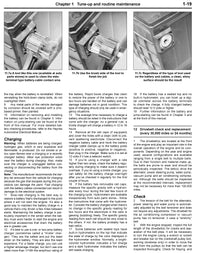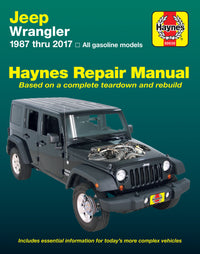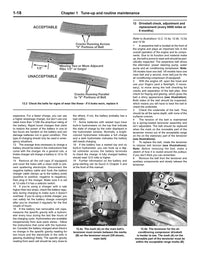Whether you’re delivering freight through a snowstorm or sleeping under the stars at a trailhead, the Ford Transit has been moving people, packages, and ideas for over five decades. It's not just a van — it’s a tool, a partner, and for many of us, a project.
As many of our Haynes DIY experts are also van owners, we’ve seen the Transit evolve from a no-frills cargo hauler to a tech-savvy multipurpose platform. But one thing hasn’t changed: if you use a Transit hard, you’re going to need to maintain it smart. And there’s no better way to do that than by understanding how real-world use shapes real-world repairs — and how Haynes helps you handle them.
Before 2015, the Ford Transit was already a staple across Europe and gaining traction in North America. Whether in fleet service, tradesman duty, or shuttle configurations, the Transit was known for simplicity, toughness, and space.
- Tradespeople and fleet vans
- Delivery service vehicles (urban stop-start driving)
- DIY campervan conversions (weekend and seasonal travel)
| Usage |
Issues |
| Fleet Delivery |
Worn brake pads and rotors, clogged EGR valves, injector carbon build-up |
| Trades Use |
Door latch and handle wear, HVAC fan motor failure, clutch wear in manual models |
| Campervans |
Battery drain, rear spring sag, cooling system stress on long highway runs |
“The older Transits taught you discipline. You learned to listen for drivetrain vibrations, smell a weeping water pump, and inspect your front suspension bushings at every oil change.” Haynes Editorial Team
Fourth Generation Ford Transit (2015–2023): Smarter, Safer, Still Working Hard
With the 2015 refresh, Ford brought the Transit fully into the 21st century. Unibody construction, turbocharged EcoBlue diesel engines (and EcoBoost petrol options), and advanced driver aids modernized the platform. But the Transit’s role stayed the same: get the job done — whether hauling gear, running last-mile logistics, or serving as a mobile home.
- Last-mile delivery vans (Amazon, FedEx, DHL)
- Tradesmen, plumbers, electricians
- Full-time van-lifers and remote workers
- Transit Custom & Crew Van family haulers
| Usage |
Maintenance Needs |
| Delivery Fleet |
Frequent brake wear, transmission fluid service, turbo intercooler cleaning |
| Heavy Load Trades |
Rear leaf spring wear, door latch & cargo sensor failures, parking brake adjustments |
| Van-life / Camper Conversions |
Auxiliary battery installs, solar charging faults, water pump access challenges |
| Daily Driver Crew Vans |
TPMS resets, infotainment glitches, adaptive cruise sensor calibration |
“These newer Transits are incredibly capable, but they’re not fool proof. The moment you add shelves, solar panels, or a roof tent, you’re changing the mechanical balance. But then there would be no fun without it! You don’t need a dealership to fix a headlight or change a serpentine belt. You just need the right torque spec, a photo guide, and the confidence to try" Haynes Editorial Team
Life on the Road: DIY Maintenance for Ford Transit Campervans and Van-life Builds
The Ford Transit has become one of the most popular platforms for van conversions, and it’s easy to see why. Its tall roof, flat load space, strong engine options, and wide parts availability make it ideal for everything from weekend adventure rigs to full-time rolling homes.
But transforming a commercial van into a liveable space changes more than just the layout — it changes the demands on the vehicle’s mechanical and electrical systems, often in ways first-time builders don’t anticipate.
- Electrical (12V/USB) - Solar systems, DC-to-DC chargers, and inverters add load to fuses, relays, and alternators.
- Battery System - Leisure battery isolators can drain starter batteries without proper regulation.
- HVAC & Cabin Air - Extended idle times and insulation affect ventilation and blower motor life
- Suspension & Tires - Water tanks, wood framing, and gear overload the rear suspension and cause tire cupping
- Fuel Efficiency - Raised roof vents, roof racks, and weight add significant drag — stressing the drivetrain
If you're chasing sunsets, working remotely from mountain passes, or just heading out on a weekend surf trip, your Transit camper isn’t just a vehicle — it’s your home. And like any home, it needs care, maintenance, and a bit of technical knowledge to stay comfortable and safe.
The Van That Drives the Economy — and Your Life
The Ford Transit is everywhere — and for good reason. It moves gear, feeds families, powers small businesses, and enables freedom for vanlifers. But that kind of work takes its toll. Brakes wear. Filters clog. Modules fail.
"Whether you’re under a Transit at dawn replacing a leaking intercooler hose, or doing a full 60K service before a road trip to Baja, we have built our Transit Haynes manuals as a tool for independence- With a Haynes manual at your side, you're not just living the van-life dream — you're owning it.. ." Haynes Editorial Team




